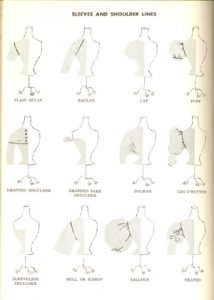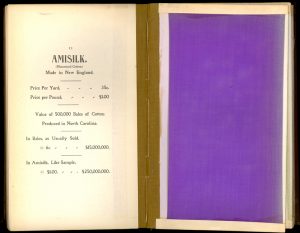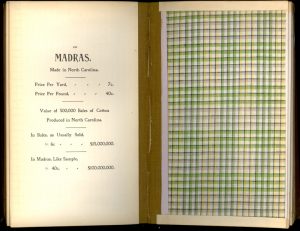“When Huck Finn put on his patched, faded blue denim overalls to go catfishing, he never dreamed he was anticipating a fashion trend for 1953.
“Denim’s revolution is a product of the two-day weekend, the trek to the suburbs, and the increasing informality and casualness of U.S. living. Schoolboys started it, in the 1930s, with a penchant for ‘levis’ [from] Levi Strauss. Spare-time yachtsmen found that salt water gave the deep blue levis a faded look, which became so fashionable that youngsters dumped bleach into the family wash to fade their own…. U. S. makers decided that if people preferred light blue denim, they had better start making it….
“The denim revolution was helped along by Mary Shannon, fashion stylist for Cone Mills. The company brought out more than 50 new kinds — stripes, plaids, multicolored combinations. At the 1949 showing, Mrs. Shannon herself appeared in a denim dress of her own design, set off delighted murmurs in the trade.
“One high-fashion stylist even produced a limited collection of mink-trimmed denim suits — for California, obviously. [And] men’s oxford grey denim suits have created a stir….
“For the ailing U.S. cotton industry, long ago threatened by synthetics, the coronation of Cinderella denim proved that where there is a way to make homely cottons attractive there is a will to buy.”
— From Time magazine, June 29, 1953



